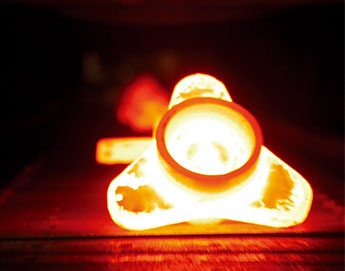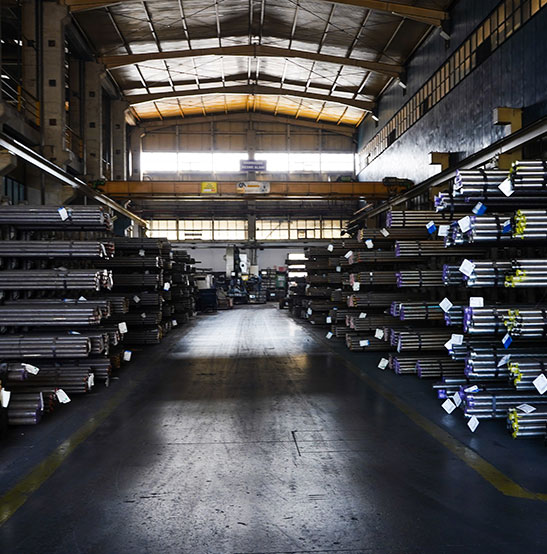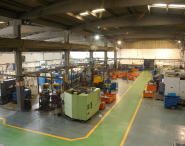ABILITIES



Hot Forging
Hot forging is the process of shaping metal at elevated temperatures (typically between 700°C to 1200°C) after pre-heating. During this process, the metal is formed into the desired shape and size using hammer blows or presses. Hot forging improves the internal structure of the metal, enhances its strength, and ensures a more homogeneous structure.
Hot and Cold Forming
Hot forming involves shaping metal by preheating it to high temperatures (typically between 700°C and 1200°C). Cold forming, on the other hand, shapes metal at or slightly above room temperature (typically between room temperature and 200°C). Both processes utilize presses and CNC machinery to achieve the desired shapes and dimensions.
Machining
Machining encompasses a range of processes including turning, milling, drilling, grinding, bending, and shaping. These operations are typically performed using CNC (Computer Numerical Control) machines, such as vertical turning centers. The objective is to shape metal or other materials to achieve specific dimensions, shapes, or surface qualities with precision and consistency.
Heat Treatment
Heat treatment is the process of heating and cooling metal or alloy materials at specific temperatures to alter their structural and mechanical properties. This process is commonly used for purposes such as hardening, tempering, stress relieving, or imparting special properties to metal parts. Heat treatment modifies the microstructure of the material to achieve desired performance characteristics.
Assembly
Assembly is the process of combining different parts to create a product or system. In industry, assembly typically takes place on a production line or assembly line. The assembly process involves joining parts in the correct sequence and using appropriate methods. This process is often completed using techniques such as screwing, welding, or adhesive bonding, culminating in the final assembly of the product.
Molding
The molding process involves shaping materials such as metal or plastic into specific forms or shapes. It typically begins with mold manufacturing, where molds are created using specialized machinery, and then utilized in the production process. The molding process is crucial in industrial manufacturing for enabling efficient mass production of products.
Engineering and R&D
A pivotal aspect of the 50-year journey of the Topbaş Group is its investment in R&D. The company achieves continuous growth and development through investments in theoretical research, laboratory facilities, and advanced machinery. R&D remains at the core of these three critical components, driving innovation and excellence.



